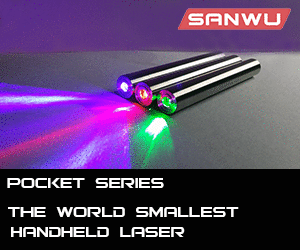So...
with solder paste - and this is very specific to the type of solder paste you're using, the manufacurer of the paste should include a datasheet with a "profile" to match the physical paste characteristics. High volume re-flow ovens have configurability to run the melting - cooling process to match the specific profile for the job. This ensures a much higher yield of quality joints being made.
Reflow soldering - Wikipedia, the free encyclopedia
I bring this up because I just saw how it was done in one of Vishay's re-flow labs. (We have wave soldering and re-flow in the test and reliability lab)
I think if the solder is left in the "reflow" state too long, there is a higher susceptibility to burning out the flux. If the cool down process is too slow, you risk higher chances of cold joints and damaging components.
My idea for here is that instead of simply turning the TEC off - I would argue that reversing polarity of the TEC will ensure a better cool down ramp - which would better match a typical paste "profile".
All the re-flow machines I see operate have active cooling for the boards once they emerge from the conveyor-belted oven. I'm sure with a stream controller, a DAC, and a bipolar constant current - voltage controlled supply, once could "upload" a profile to a microcontroller - which could stream the profile's data in time to a TEC current control on the TEC PSU.
It would be a great project!




